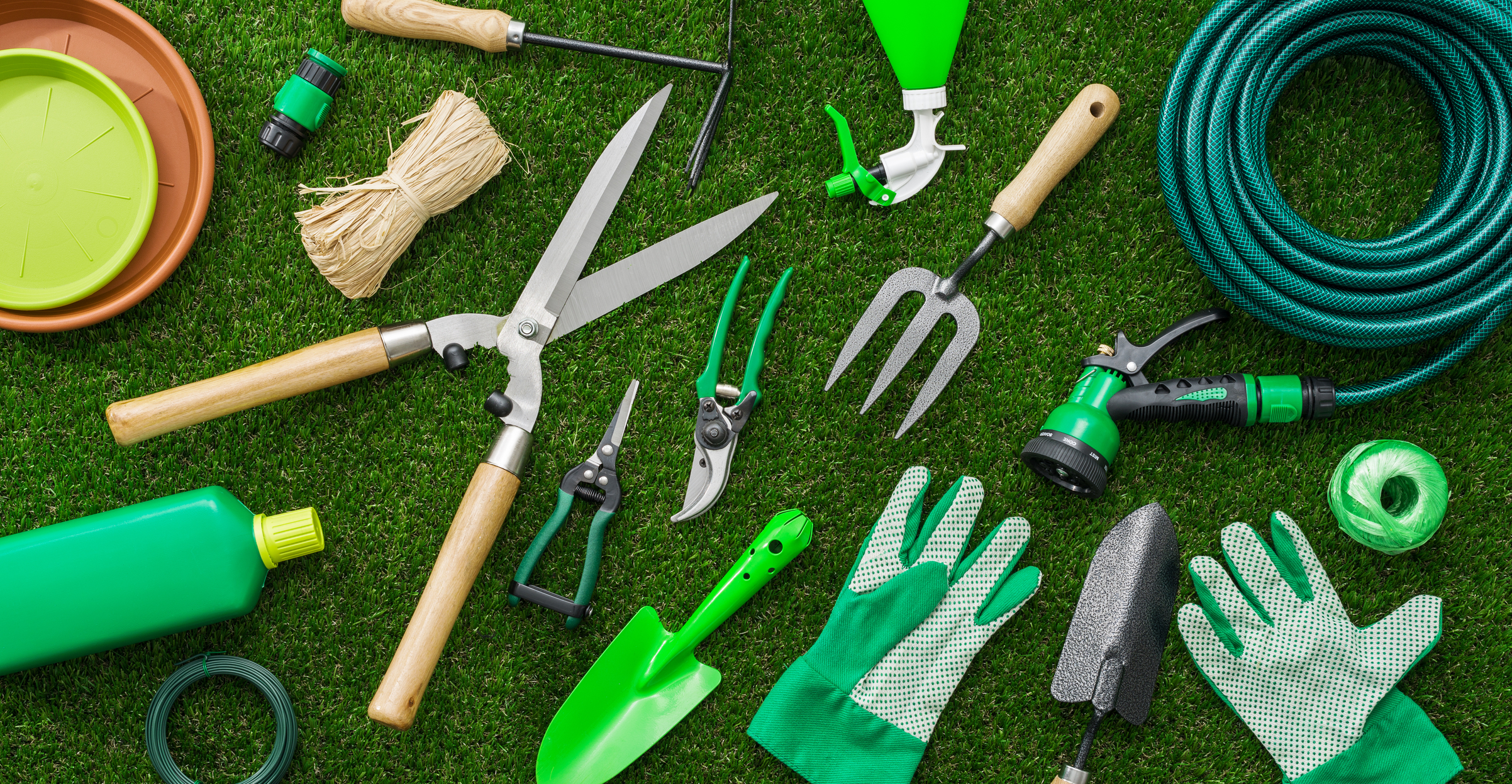Here at Gtech, we like to keep things simple. We make great products that our customers love, and we pride ourselves on being honest, so you can trust you’re getting the best value.And that's why we thought we'd run through what's behind all of the vacuum specifications we use on our devices. These features are found on both corded and cordless vacuums you can use this handy guide regardless of what vacuum you have!
From the basics like what a good suction power for a vacuum cleaner is, to the more technological aspects, such as what is voltage and what is airflow, you can explore all the vacuum specifications, below.
1. Voltage
There’s so much to consider before buying a new vacuum, but first, you’ll need adequate voltage from your vacuum. So, what is voltage and what does voltage mean? Well, voltage is essentially the way we measure electricity that's being supplied from an electric source. The electricity itself is a means of energy transfer, such as kinetic (think wind turbines) or solar energy. As our vacuums are battery-powered, they use a range of energy transfers, including kinetic!
And with the batteries in our vacuums, you essentially have a portable storage unit of voltage with a finite supply. Batteries can be charged, which replenishes them so you can reuse them as needed. And they use 'DC' voltage - 'direct current' - which means that the flow only goes in one direction around a circuit. However, plugs are supplied to us as 'AC', which stands for 'alternating current' - because the direction of flow is constantly switching - and it's infinite in supply as it comes from the mains. You'll see it written as a 'V' on rating labels and in product descriptions.
2. Current
Current is the flow of electricity through a circuit. And whatever device draws upon this circuit is using that power, such as a hairdryer that's plugged into the mains.Again, AC flows in multiple directions - this is constantly changing and is a consistent, stable form of high voltage electricity that comes from mains power outlets. If you're plugging a corded vacuum into a socket at home, for example, it will be running off AC.
DC, as we mentioned earlier, is direct current and only flows in one direction. Generally, this is linked to lower voltage sources, such as batteries and solar panel electric generation.
3. Electrical power
When we talk about wattage, we're talking about electrical power. To calculate wattage, you multiply the voltage by the current - this lets you know how much 'power' is being delivered. But it's important to note electrical power isn't a good indicator of performance, despite many people thinking it must be. We hear the word 'power' and assume it links to how good a product is - how well it can clean our floors, for example. In fact, we should be looking at how the power is used for a vacuums main purpose - vacuum suction and airflow.
Wattage can actually be used inefficiently, like when motors overheat, which is a use of power but not a beneficial one. The wattage remains high but it's not being used in a good way for its primary function, so it doesn't really equate to anything tangible in terms of performance. Cordless products strive to be more efficient, meaning that as much power as possible is being used for cleaning performance. That means wattage isn't as important as many might think, instead it’s about how wattage is being used that really matters.
So, while you can opt for a machine with a high wattage, ensure you find out how that's being used in terms of efficiency and consider other factors such as airflow, too.
4. Battery run time
With any cordless vacuum, you’ll want to consider the watt-hours or watts per hour (Wh) of the product's battery pack. This is a good indicator of the amount of time your product will run for. A vacuum with an efficient running current and a large watt-hour battery will last a long time between charges. When looking for your next vacuum, it is important to consider how long you want your product to run between charges - this is done by assessing the size and type of area you are cleaning and how much cleaning is needed.
Making sure the airflow and vacuum suction is working properly in order to clear your floor of pet hair, dirt, dust, and even your own hair uses a lot of power. This can drain the battery quite quicky. That’s why our vacuums hold anywhere from 20 minutes to an hour of battery run time, ensuring you can clean the entire home in one full charge!
5. Airflow
Airflow is much more important than most people think, which is why we'll be going into more detail on it later. For now, we'll just explain what airflow actually is. Essentially, airflow refers to the speed of the air travelling through the airways of your vacuum cleaner. This measurement takes into account the suction generated by the motor, which we will discuss next, and the resistance of airflow due to filters or convoluted air paths.
Airflow is probably the most important thing to look at when establishing the cleaning ability of a vacuum. Look at it this way – it’s the airflow that moves dirt through the airways and into the bin or bag of your vacuum. And it’s this pickup performance and efficiency that makes a vacuum cleaner do its job well!
6. Suction power
Now, many people think the vacuum suction power is the number one thing to consider in a vacuum. However, technically speaking, vacuum suction power is calculated using airflow and vacuum pressure. So, while it’s generally the airflow you want to look out for, let’s quickly explore what vacuum suction power is.
Well, vacuum suction power measures how well a vacuum can lift heavy debris off the ground, which is relatively useful to know. Typically, you’ll want to look for a vacuum suction power of 500W or above, to be sure you’re getting the best clean.
7. Cleaning width
Cleaning width is quite a nice break after all that technical jargon, and it’s a lot more easy to wrap you head around too! Cleaning width literally refers to the width of the cleaning head or vacuum attachment being used – it’s that simple! The wider the cleaning head, the more area that can be cleaned in a single pass. That said, wider heads are more restricted by where they'll actually fit when it comes to vacuuming.
A huge cleaning head might mean fewer passes on a piece of carpet as you cover more space per sweep, but it poses a huge problem when you try to clean between chair legs. But the cleaning width of our AirRAM is 295mm, which means you can vacuum in as few passes as possible while still getting into those awkward nooks and cranny’s.
8. Weight
Pushing around a vacuum can be quite difficult if you’re using a particularly heavy device, so be sure to consider the weight of a new vacuum as well. A heavy product, such as a typical mains-powered vacuum cleaner, is cumbersome and difficult to lift, especially if you're carrying it up and down stairs. In general, mains products have large AC motors that are pretty heavy, along with long cables that contribute significantly to the product's overall weight.
With cordless vacuums, however, the majority of the device's weight is in the battery pack itself. The batteries used in cordless vacuums tend to weigh much less than mains cables do, meaning the weight you actually carry is much lower.
9. Filtration
Now we know about airflow and how that brings the dirt from your floor into the bin or bag through a filter. But how exactly does filtration work? Well, as the air moves through the vacuum, it's laden with dirt and debris. Filtration works to clean this air by collecting it in a chamber and separating it from the airflow. Think of it like sifting icing sugar through a sieve, you want the finer particles fall to the bottom to make more room for the larger bits.
Filtration works via a filter that traps dirt but allows air to pass, or it can also work by means of cyclonic separation. Now, that might sound very scientific, but cyclonic separation is basically spinning the dirt around and waiting for the heavier bits to exceed the hold of the airflow, break away, and drop down. To measure how well filtration works, we look at the size of particles that a filter can trap without becoming blocked and restricting airflow, rendering the cleaner ineffective. Filtration is much more important than it sounds as it affects the overall performance of a vacuum cleaner.
So, there we have it - a useful, in-depth guide to the technical side of vacuum cleaners. Ready to start shopping around for your ideal vacuum? Well, you can explore our full range of vacuums!
Alternatively, check out the difference between stick and upright vacuums and reasons to try a cordless bagged vacuum over on our blog to help pick the right vacuum for you.





